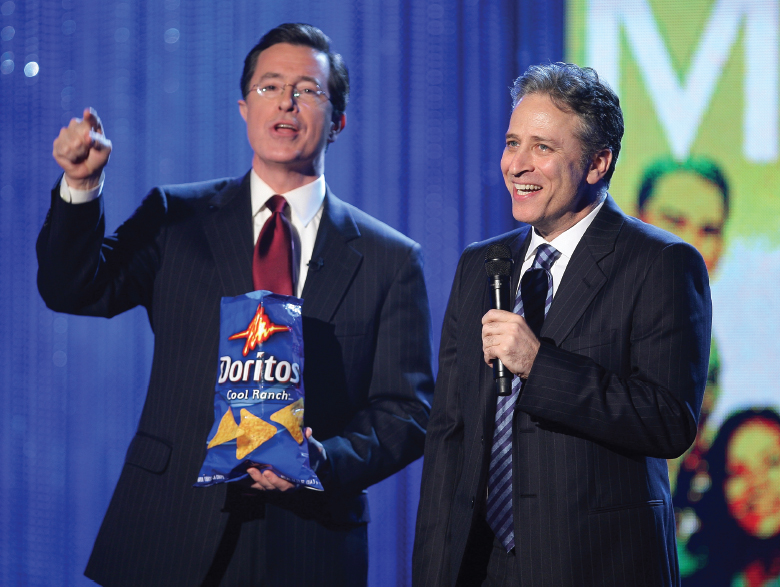Cable Services
Cable consumers usually choose programming from a two-tiered structure: basic cable services like CNN and premium cable services like HBO. These services are the production arm of the cable industry, supplying programming to the nation’s six-thousand-plus cable operations, which function as program distributors to cable households.
Basic Cable Services

A typical basic cable system today includes a hundred-plus channel lineup composed of local broadcast signals, access channels (for local government, education, and general public use), regional PBS stations, and a variety of cable channels, such as ESPN, CNN, MTV, USA, Bravo, Nickelodeon, Disney, Comedy Central, BET, Telemundo, the Weather Channel, superstations (independent TV stations uplinked to a satellite such as WGN in Chicago), and others, depending on the cable system’s capacity and regional interests. Typically, local cable companies pay each of these satellite-delivered services between a few cents per month per subscriber (for low-cost, low-demand channels like C-Span) and as much as $3.50 per month per subscriber (for high-cost, high-demand channels like ESPN). That fee is passed along to consumers as part of their basic monthly cable rate, which averaged more than $70 per month in 2011. In addition, cable system capacities continue to increase as a result of high-bandwidth fiber-optic cable and digital cable, allowing for expanded offerings such as additional premium, pay-per-view, video-on-demand, and audio music channels.
Premium Cable Services
“If Mark Twain were back today, he’d be on Comedy Central.”
BILL MOYERS, TALKING TO JON STEWART ON THE DAILY SHOW
Besides basic programming, cable offers a wide range of special channels, known as premium channels, which lure customers with the promise of no advertising, recent and classic Hollywood movies, and original movies or series like HBO’s True Blood or Boardwalk Empire and Showtime’s Dexter or Homeland. These channels are a major source of revenue for cable companies: The cost to them is $4 to $6 per month per subscriber to carry a premium channel, but the cable company can charge customers $10 or more per month and reap a nice profit. Premium services also include pay-per-view (PPV) programs; video-on-demand (VOD); and interactive services that enable consumers to use their televisions to bank, shop, play games, and access the Internet.
Beginning in 1985, cable companies began introducing new viewing options for their customers. Pay-per-view (PPV) channels came first, offering recently released movies or special one-time sporting events to subscribers who paid a designated charge to their cable company, allowing them to view the program. In the early 2000s, cable companies introduced video-on-demand (VOD). This service enables customers to choose among hundreds of titles and watch their selection whenever they want in the same way as a video, pausing and fast-forwarding when desired. Along with online downloading and streaming services, and digital video recorders (DVRs), VOD services today are ending the era of the local video store.